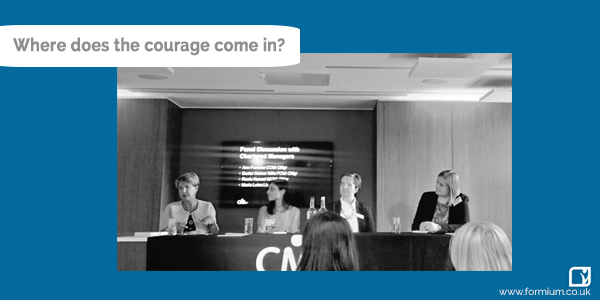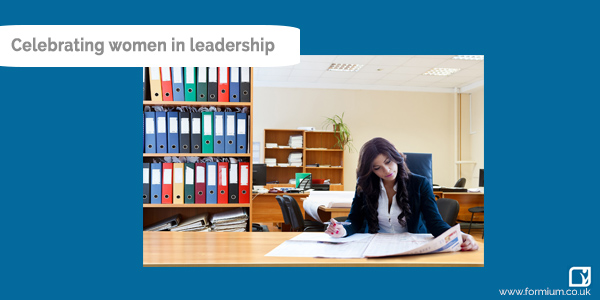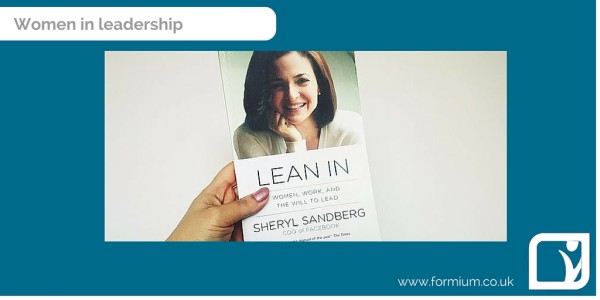Worldwide, at the lower levels of organisations over half of the staff members are female but if you look higher the number of women shrinks. Therefore, we’d like to share with you list of 5 impactful leaders who just happen to be female.
Sheryl Sandberg – The COO of Facebook and founder of the Lean In Foundation. The non-profit organisation is part of a movement to develop a more equal world – as detailed in her book, Lean In – and supports women in the workplace and through empowerment groups.
Ann Francke – Author of the FT Guide to Management and CEO of the Chartered Management Institute, a non-profit organisation aiming to create better led and managed organisations, through creating more qualified managers and establishing management as a true profession.
Meg Whitman – Business executive, currently the President and CEO of Hewlett Packard Enterprise, and also the Chairwoman of HP Inc. A former manager at Disney and Hasbro, she is still best known for leading the online auction site, eBay.
Tamara Box – The chair of the Financial Industry Group and the head of Structured Finance at Reed Smith, and worldwide acknowledged expert in strategic financial advice. Tamara is passionate about engaging millennials and women in the professional world. Also, she is one of our autumn interviewees.
Carolyn McCall – The CEO of EasyJet is one of the business leaders who has been asked to join the United Kingdom’s Prime Minister’s Business Advisory Group – the body that advises the PM and the Government on business difficulties.




